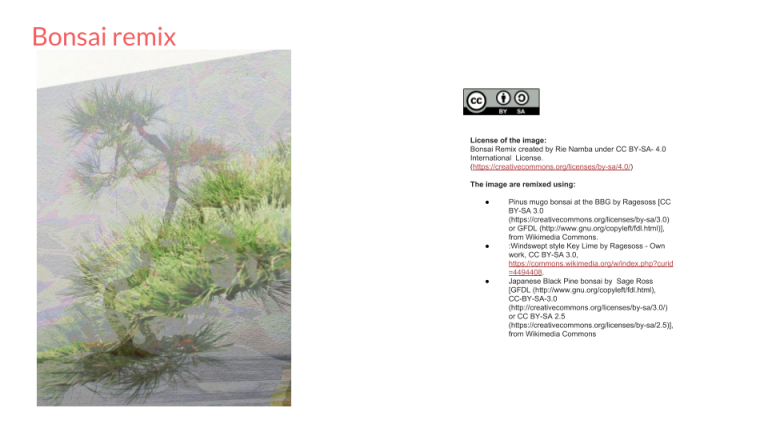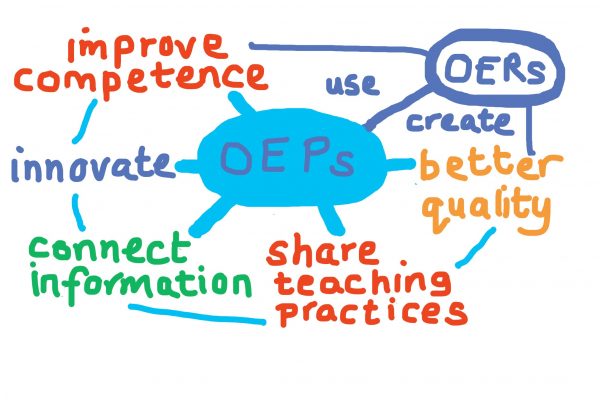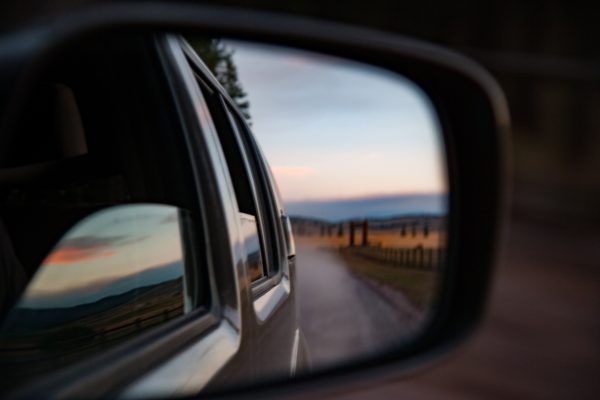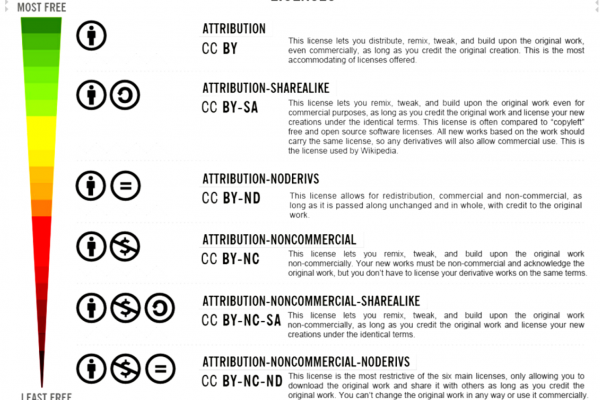An important aspect in combining and adapting CC-licensed works is knowing the difference between collections and adaptations also called remixes, or derivatives. In this post, I will try to explain these two important differences.
Collections
A collection “involves the assembly of separate and independent creative works into a collective whole” (Creative Commons, 2019). Very common examples of collections of CC-licensed works are blog posts including a CC-licensed picture or presentation slides with CC-licensed pictures. Below you can find an example of a collection:
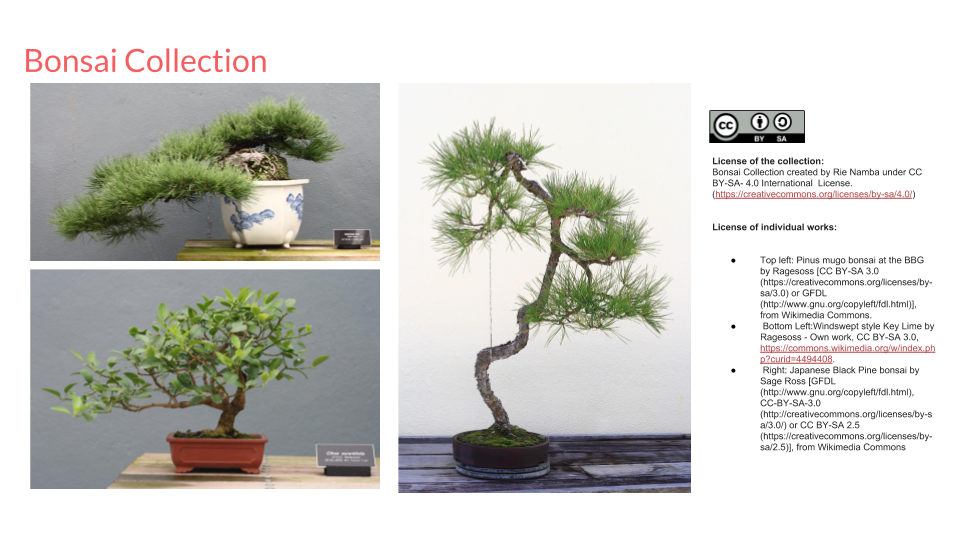
In this example, three different pictures are assembled into a collections. Each of them is individually credited and findable:
- Top left: Pinus mugo bonsai at the BBG by Ragesoss [CC BY-SA 3.0 (https://creativecommons.org/licenses/by-sa/3.0) or GFDL (http://www.gnu.org/copyleft/fdl.html)], from Wikimedia Commons.
- Bottom Left:Windswept style Key Lime by Ragesoss – Own work, CC BY-SA 3.0, https://commons.wikimedia.org/w/index.php?curid=4494408.
- Right: Japanese Black Pine bonsai by Sage Ross [GFDL (http://www.gnu.org/copyleft/fdl.html), CC-BY-SA-3.0 (http://creativecommons.org/licenses/by-sa/3.0/) or CC BY-SA 2.5 (https://creativecommons.org/licenses/by-sa/2.5)], from Wikimedia Commons
Adaptations or Remix
In contrast, an adaptation or remix “mixes material from different sources to create a wholly new creation” (Creative Commons, 2019). It has also been referred to as a “smoothie” open work, as in a smoothie, you created something completely new and cannot identify each single ingredient. Below you can find an example of a remix:

Here, also three images have been used, but it is unclear where each single one starts and ends:
- Pinus mugo bonsai at the BBG by Ragesoss [CC BY-SA 3.0 (https://creativecommons.org/licenses/by-sa/3.0) or GFDL (http://www.gnu.org/copyleft/fdl.html)], from Wikimedia Commons.
- :Windswept style Key Lime by Ragesoss – Own work, CC BY-SA 3.0, https://commons.wikimedia.org/w/index.php?curid=4494408.
- Japanese Black Pine bonsai by Sage Ross [GFDL (http://www.gnu.org/copyleft/fdl.html), CC-BY-SA-3.0 (http://creativecommons.org/licenses/by-sa/3.0/) or CC BY-SA 2.5 (https://creativecommons.org/licenses/by-sa/2.5)], from Wikimedia Commons
Note that a film based on a novel or a translation of a book from one language into another also constitute an adaptation.
Below you can find one of my collections that I recently presented at the Lifelong Learning Summit in Lillehammar, Norway:

